- 06/09/2024
- Chris Howe (Guest)
- 1 Responses
Should we operate 155mph (250km/h)-capable Class 390 Pendolinos on HS2? That’s what has been proposed by renowned and well-respected railway veteran Chris Gibb, in a challenge-of-sorts to the Government and the rail industry.
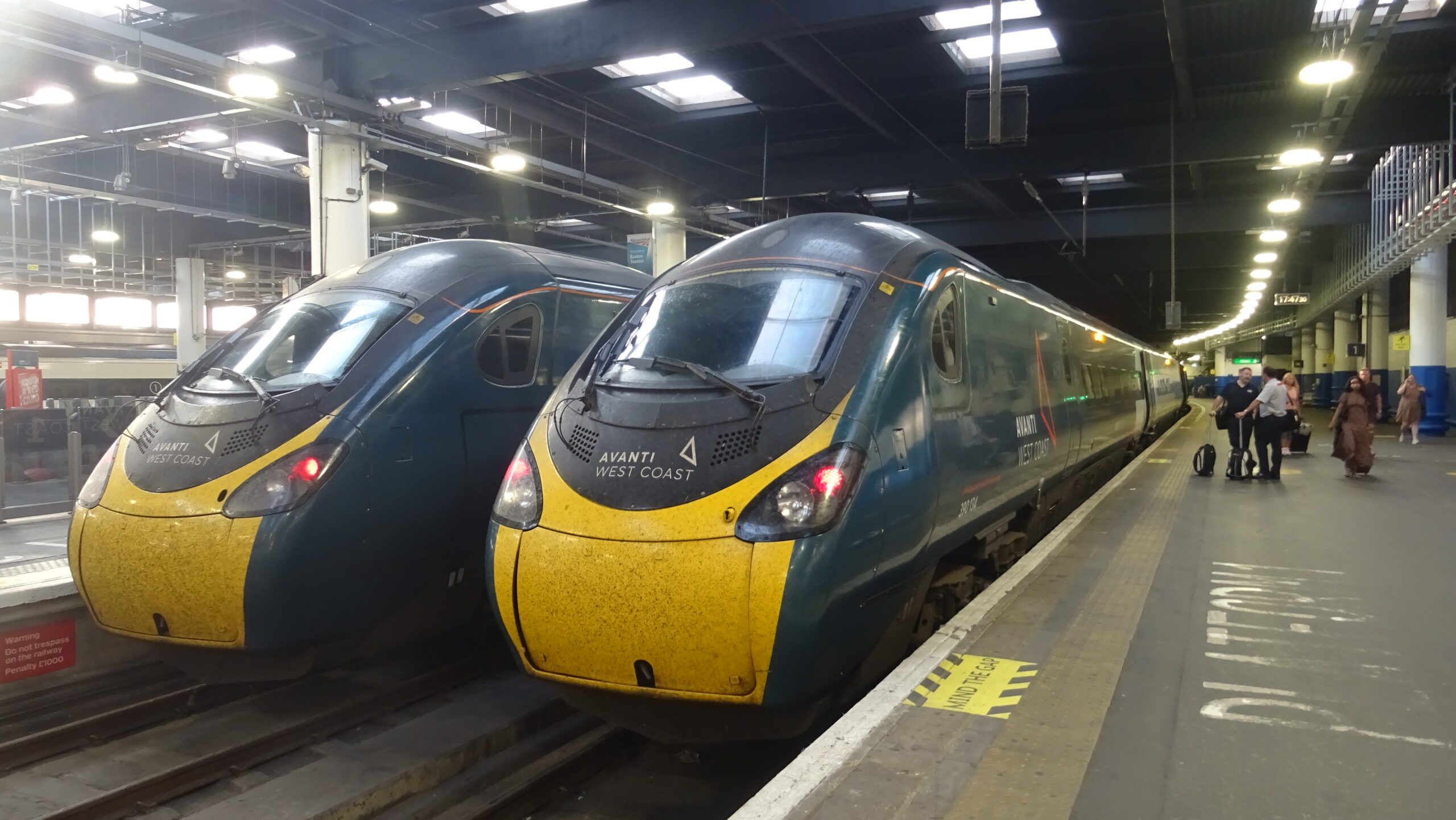
Gibb’s proposal is, in effect, a bodge-solution to better operate the rump-HS2 network we inherited from the previous Government’s cancellation of parts of the scheme with the high-speed rail line currently due to terminate at Handsacre Junction, creating a major bottleneck between there and Stafford (particularly Colwich Junction and Shugborough Tunnel).
The short answer to the opening question, in my opinion, is no. But it’s worth unpacking the problems the ‘Gibb proposal’ is trying to solve, and how he argues re-tractioning the 20-year-old Class 390 fleet can help address them, at least in the short term.
The Seat Capacity Problem
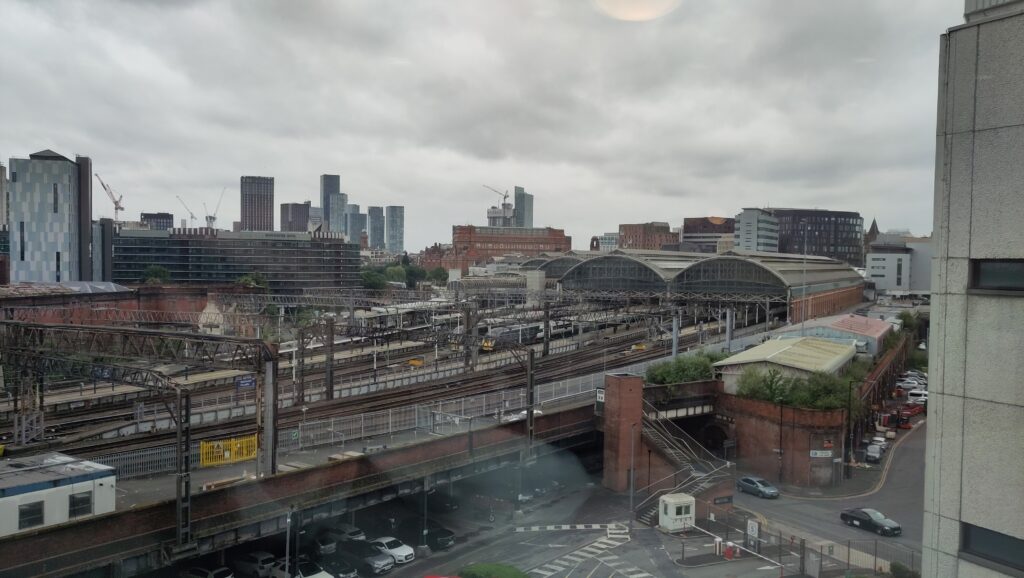
Once HS2 opens to Handsacre, there could still be the potential to operate an hourly so-called ‘classic’ service between Manchester and London via the West Coast Main Line (WCML), calling at Milton Keynes Central, in addition to 3tph via HS2, which could enable an overall capacity gain as well as adding more choice for passengers.
Glasgow is a bit more challenging, as capacity is limited between Crewe, Warrington and Wigan, and on the northern section of WCML through Cumbria. So without HS2 to Golborne, no more trains can operate than currently do, meaning a reduction in seating capacity from Glasgow to London (with HS2 trains taking the place of the current service). Given the HS2 trains don’t tilt, according to Gibb, there will also be a 17-minute time penalty by running these trains on the WCML between Handsacre and Glasgow, compared to the Pendolinos.
Liverpool to London will still see an overall increase with the service planned to increase to 2tph with HS2 to Handsacre. However, Gibb suggests that one of these hourly services should continue to use the WCML via Milton Keynes, but using new HS2 trains. This idea possibly may have some merit, at least until HS2 is completed to Euston.
The Pendolino Plan
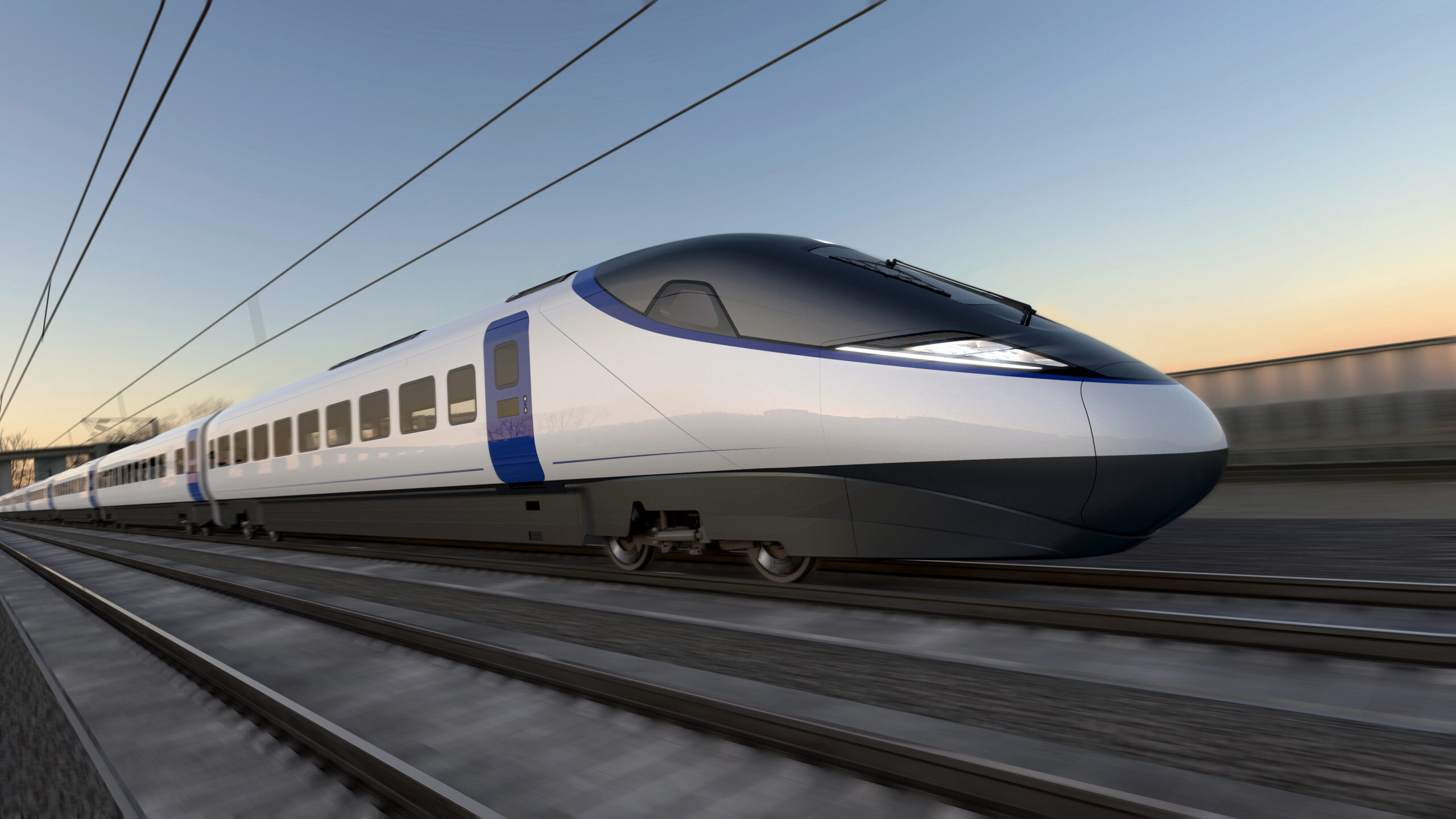
The Class 390 Pendolinos currently run at 125mph, though they have a design speed of 140mph (the limit is due to the lack of in-cab signalling on the WCML). Gibb argues these trains can be refitted with new traction systems and bogies, uprating them to 155mph (similar trains in Italy operate with these speeds). These trains would thus operate at 155mph on HS2 (not tilting), and could then run at 125mph (or more, with in-cab signalling) on the WCML. To make the timetable work, new HS2 trains would have to be limited to 186mph (300km/h) on HS2, instead of the current planned top speed of 225mph (360km/h). Pendolinos would be deployed on the London to Manchester and Glasgow services.
The report also recommends the existing two cross-country services per hour from Manchester should be replaced by a 200m-long HS2 service from Manchester to Birmingham, providing a capacity uplift and bringing journey times down from 90 to 50 minutes. The latter would only be achieved once the ‘New Northern Line’ (see below) is ready; it’s unclear what Gibb proposes to do on this section before then.
Another significant part of the proposal is to de-scope Euston to just two, 400m-long platforms for HS2, to be used for the Birmingham services. Beyond that I’m not clear what exactly Gibb is suggesting; he makes reference to using existing platforms, including long platforms used for the Caledonian Sleeper. Either there would still be a need to construct more new platforms for HS2 (shorter than 400m, though I can’t imagine how this would save much money), or completely redesign the approach into Euston to allow trains coming off HS2 to access the existing station, which would come at quite a cost (if it is even possible at all), given the lack of space and the fact that the HS2 platforms are planned to be lower than the current station.
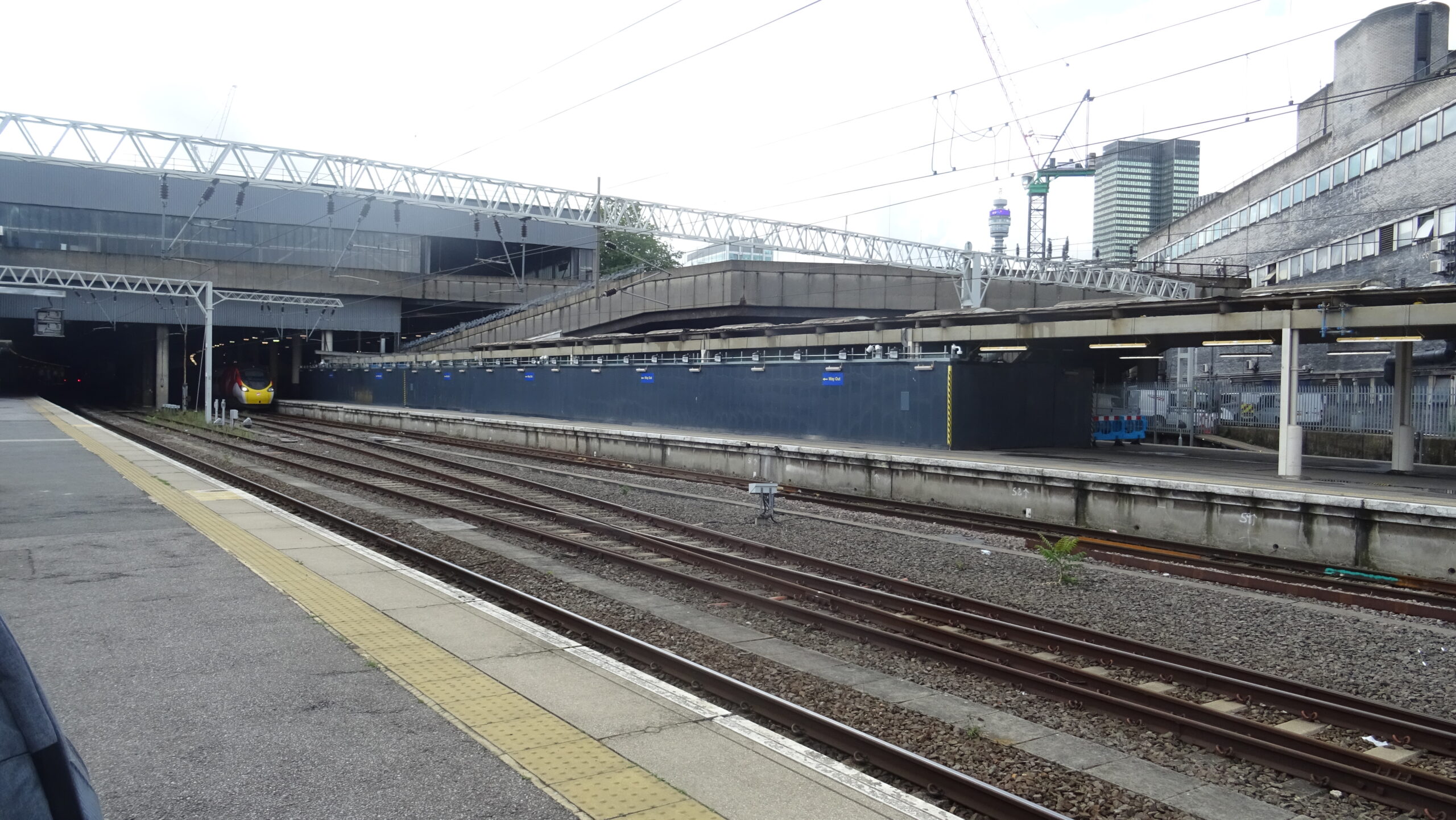
Verdict, and alternatives
Why do I oppose this plan? I think Richard Bowker put it best, during the interview that Gibb did with Green Signals. Richard said “The critics will say you’re letting the politicians off the hook”. This was said when Sunak was in power, and Richard appeared to be playing devil’s advocate. But I do still agree with the sentiment.
In essence, it begs the question: why should any Government continue to develop HS2 if we can just operate some Pendolinos along the route and call it a day? To be fair to Gibb, this isn’t what he proposes; the latter half of the plan is to build a ‘New Northern Line’ to bridge the gap between Handsacre Junction and Northern Powerhouse Rail in Manchester, meaning the ‘Pendolino plan’ is only intended as a stopgap until either 400m-long trains can run into Manchester, or new rolling stock is ordered to replace the Pendolinos. But it could be all too tempting for the Government to just to use slower trains on HS2, and perhaps carry out some upgrades on the WCML instead.
Gibb’s proposal also means that London to Birmingham services will have to run slower, at 186mph (300km/h), instead of 225mph (360km/h). It wouldn’t be practical or possible to operate trains with a speed differential ranging from 45mph to 70mph and maintain the headway. Although I appreciate HS2 is primarily about capacity, but it doesn’t seem right to cut the benefits for Birmingham, just so we can operate Class 390s on HS2.
Gibb also said during the Green Signals interview that he is “challenging” the industry to see if it’s possible to re-engineer Class 390s. This seems to be a change from the tone of the report, which makes it seem as if it is definitively possible. Likewise is the suggestion that you could operate 11tph from Old Oak Common (before Euston opens), when most experts agree that, with the current track design, you would most likely be able to run 6tph reliably, 8tph at a stretch.
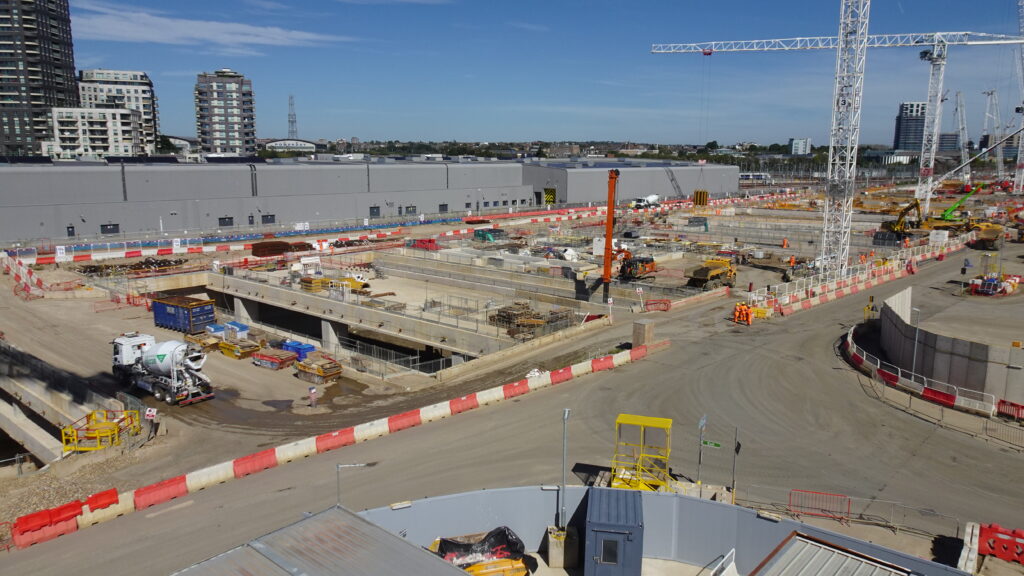
Perhaps instead we should be challenging the industry to find a cost-effective and practical way to modify the HS2 rolling stock order and instead order 250m or 260m-long HS2 sets, which would have more capacity than Class 390s despite being a similar length. I’m not saying all units, but perhaps 8-12, enough to operate peak Manchester and Glasgow services?
One issue is the plans for Washwood Heath Depot, where the HS2 trains will be maintained, where the maintenance hall is designed to be long enough for 200m long sets. Perhaps the longer units could be maintained in existing WCML depots, with the installation of new equipment.
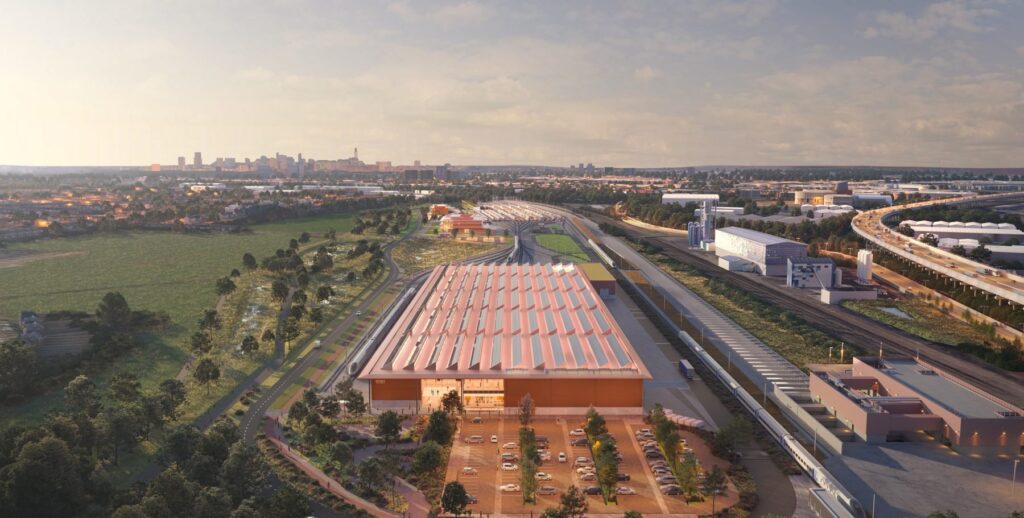
Surely, modifying the HS2 rolling stock order and creating provision for maintenance would be no more expensive or technically challenging than fitting new traction equipment to 20-year-old trains (which will be closer to 30 years old by the time HS2 opens to Handsacre).
I’m also sceptical about the claim that HS2 trains must necessarily be 17 minutes slower between Handsacre and Glasgow. Plans to lift the non-tilt speed on the WCML are already well in advance, where a special speed limit can be applied on straight sections of the WCML to allow non-tilting multiple units (MUs) to travel at 125mph, rather than 110mph, further reducing the time penalty. Raising the MU speed to 125mph on straight sections of the northern WCML would also benefit TransPennine Express services between Manchester and Glasgow/Edinburgh, served by Class 397s. In addition, raising the non-tilt MU speed is already planned for Avanti services operated by non-tilting Class 805s between Crewe and London.
Furthermore, as far as I can tell, there may still be scope for a Lancaster to Euston service within the current HS2 plan, calling at Preston, Wigan and Warrington, (joining with a portion from Liverpool at Crewe). This could enable a fast London to Glasgow service to lose these calling points (potentially running non-stop between London and Preston), further reducing the overall journey time.
What I’m trying to say is that there are other options, and this proposal could be seen as defeatist. Ultimately there is little point in running the full HS2 timetable at least until HS2 is open to Euston. This gives the Government time to reconsider its decisions and come up with a better plan than operating 25-35-year-old trains at 155mph on HS2, if it’s even possible at all.
The fundamental reality is that the high-speed line we have under construction today will be challenging to operate effectively. That’s why I signed Enroute’s open letter, as part of the ‘Fix the Spine’ campaign to get high-speed rail to Euston (a six platform first phase) and Crewe as soon as possible, and leave provision for future growth. Gibb’s solution may be creative and pragmatic, but it is also flawed. After having spent tens of billions of pounds already on this project, surely we must set our sights higher.
Chris Howe is a freelance journalist specialising in rail infrastructure. This blog is adapted from a video he posted to his YouTube channel, Rail Focus.
The header image (HS2 train) and the render of Washwood Heath are used with permission from HS2 Ltd.,

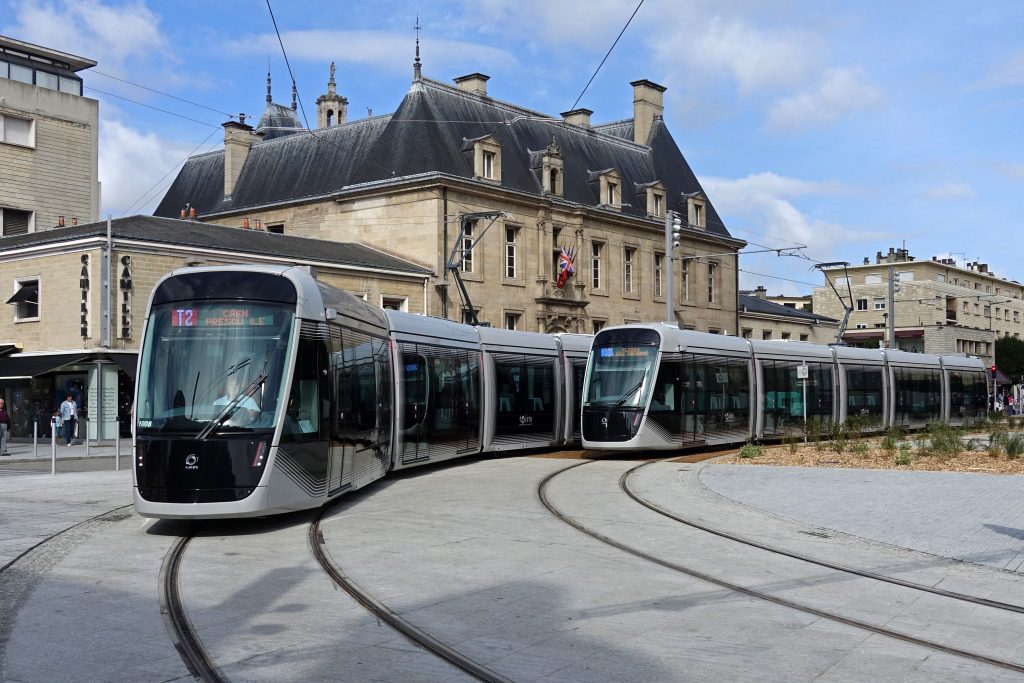
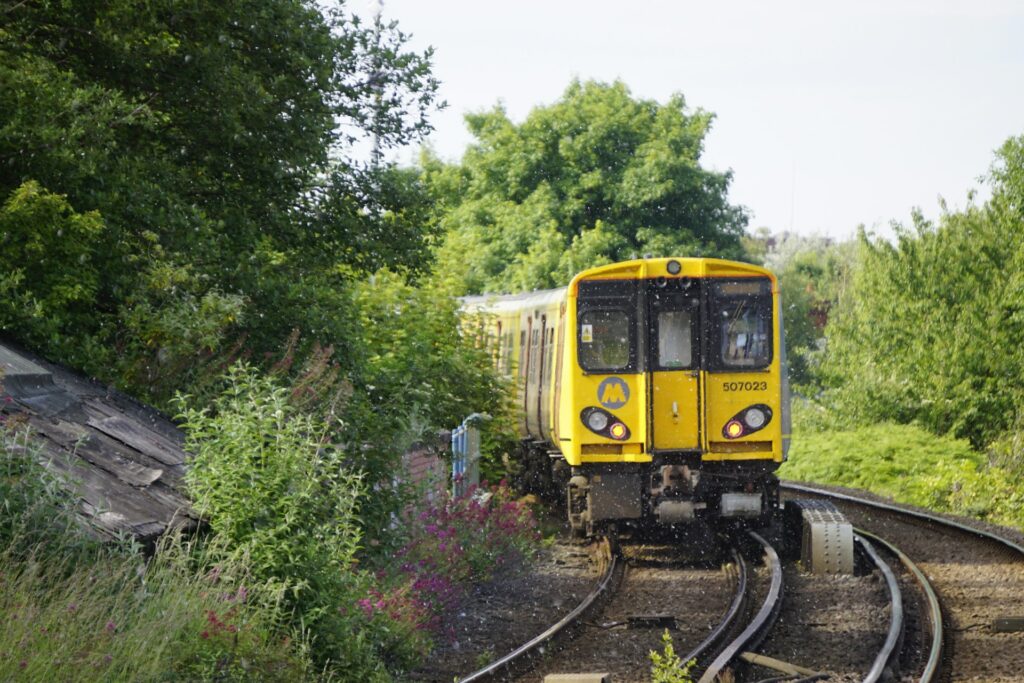
Running Pendolinos on a mix of HS2 and WCML track makes perfect sense. Lord Hendy said a rebuilt Euston will have only six extra platforms and the HS2 services and journey times not determined yet. Using Pendolinos upgraded to 155mph, as in Italy, improves the ‘end to end’ times as they run far faster on the WCML. Upgrade the WCML here and there, like a Stafford bypass and make all 4-track to Weaver junction, and faster again. They can also use the existing platforms at Euston that are currently reserved for Liverpool, Glasgow and Manchester services.
The Pendolinos have a life until 2046.